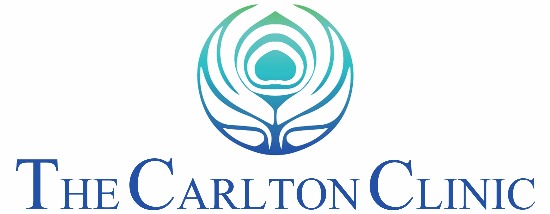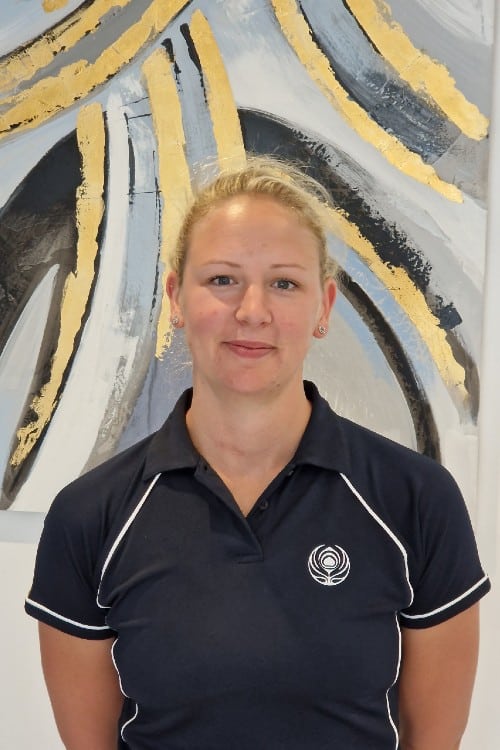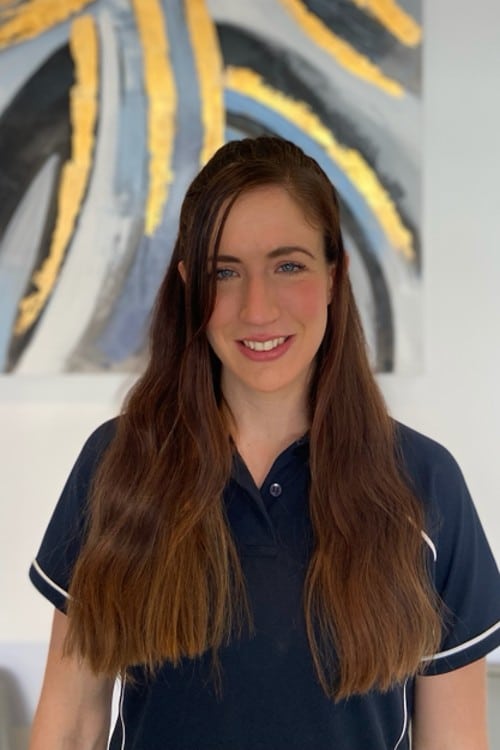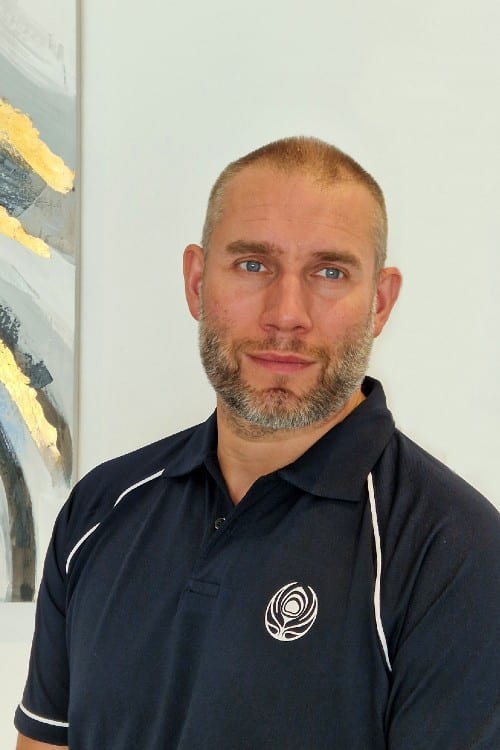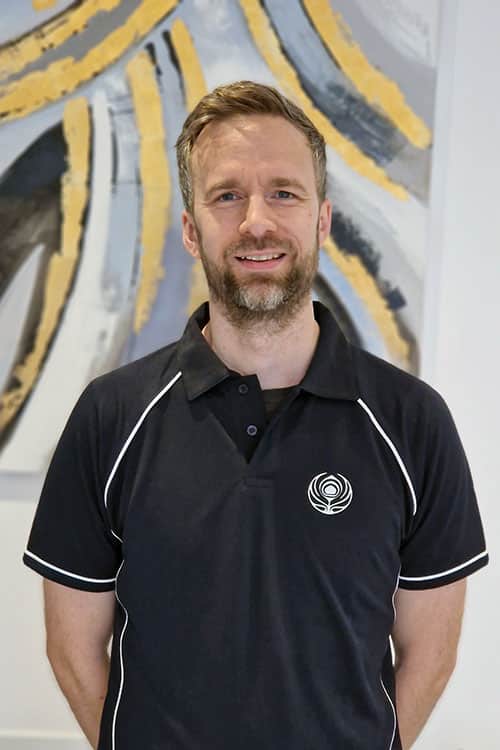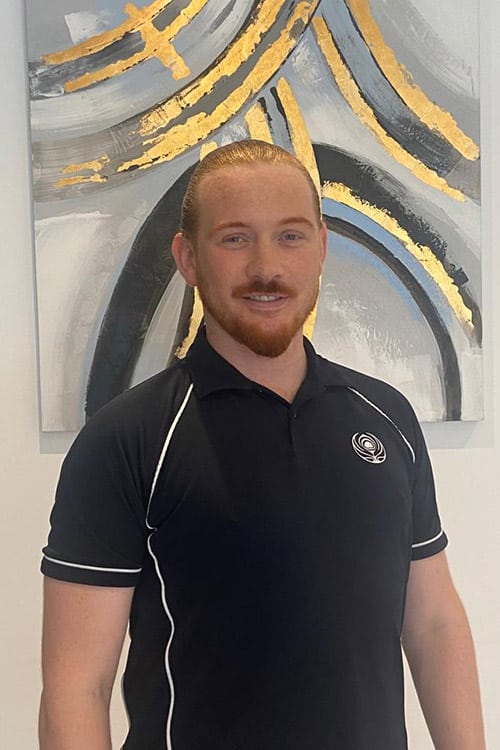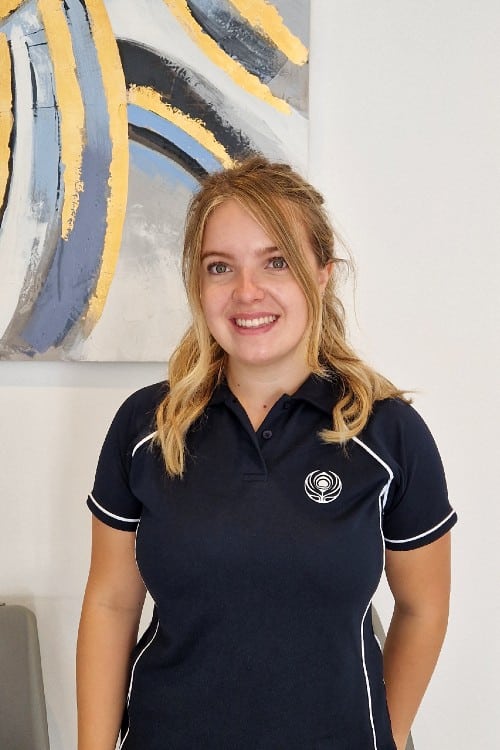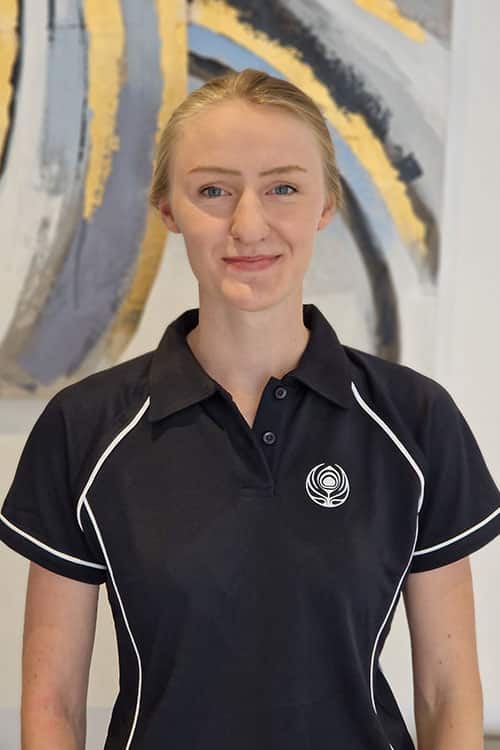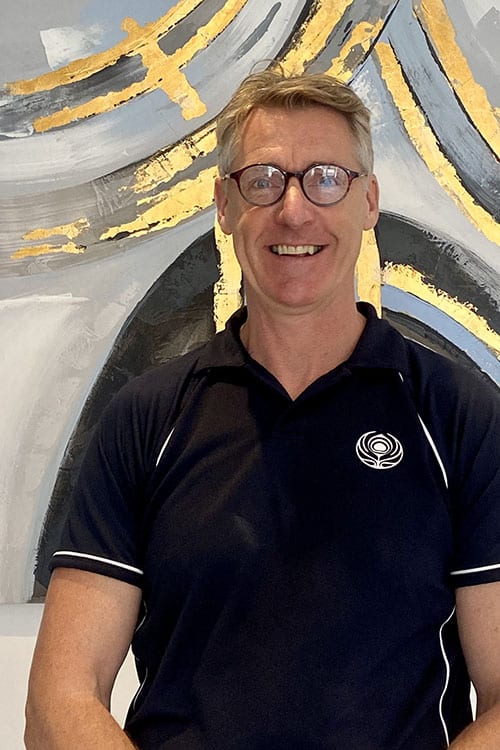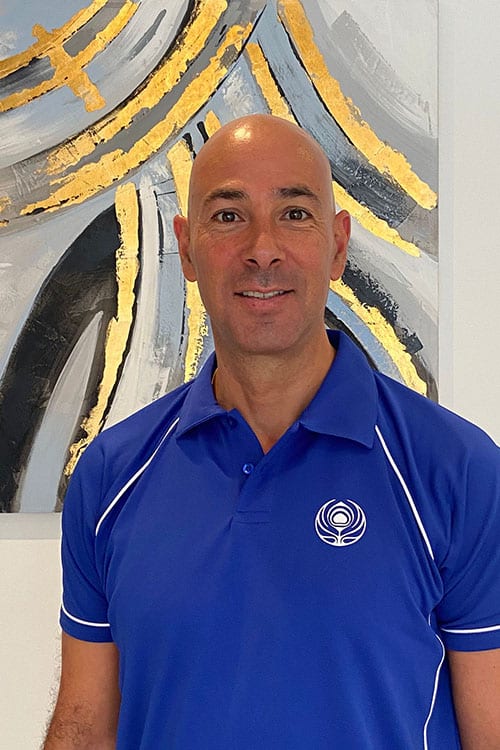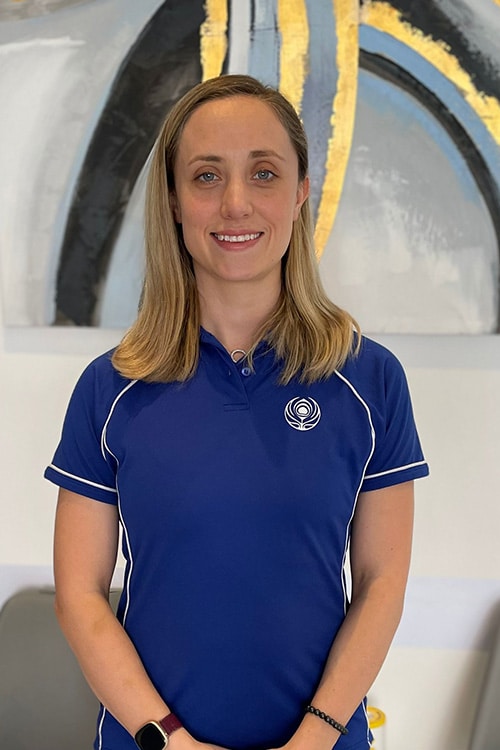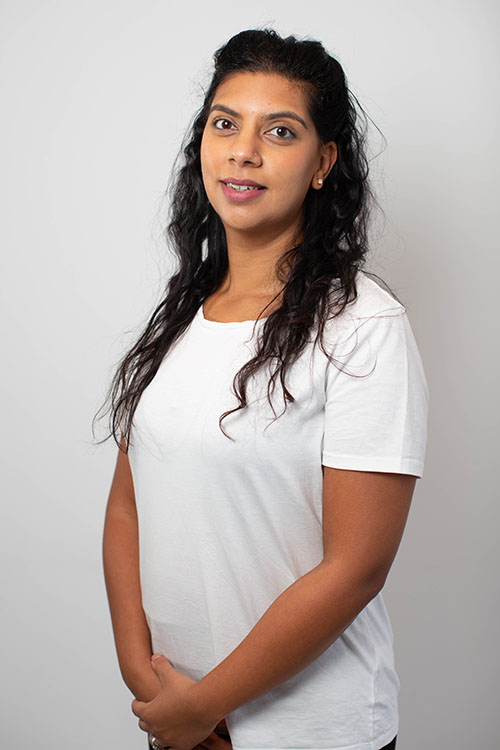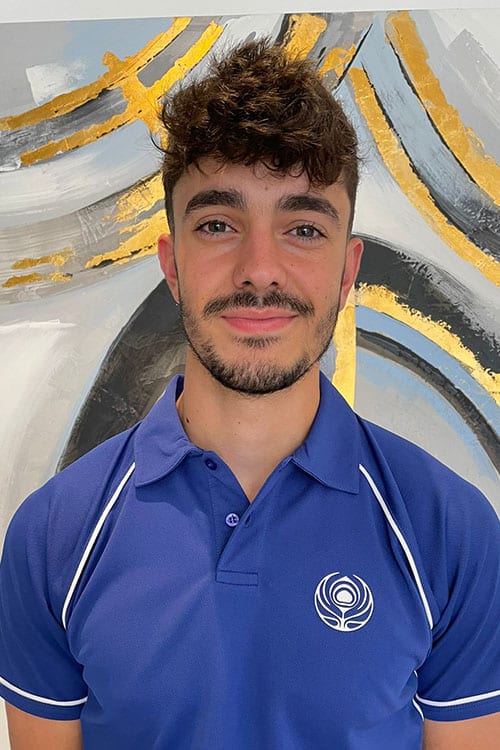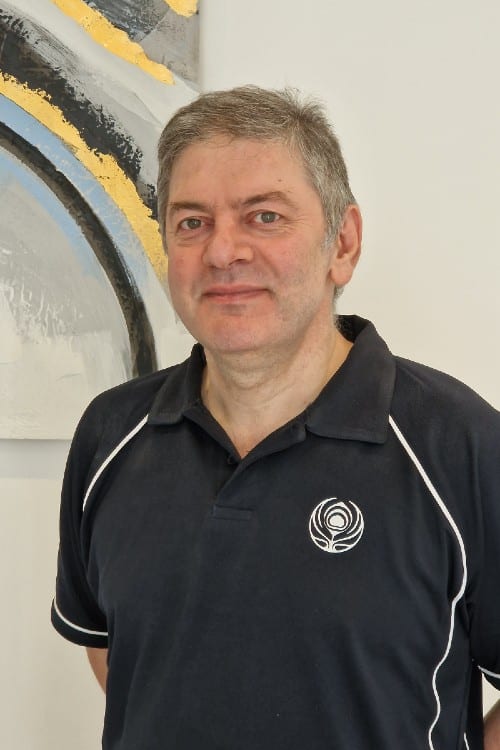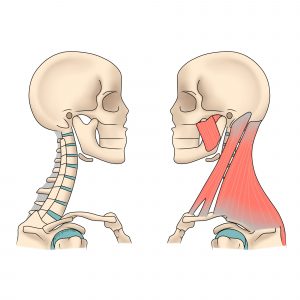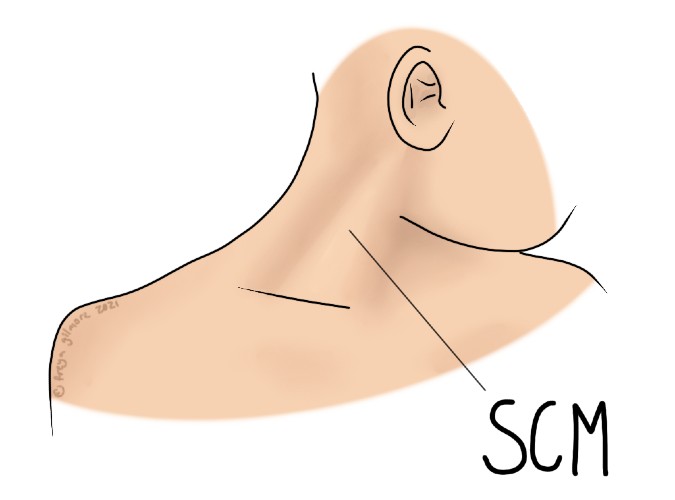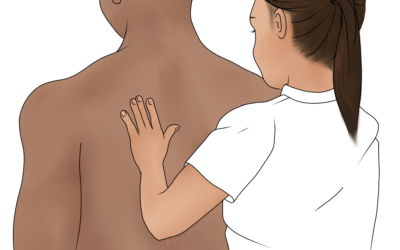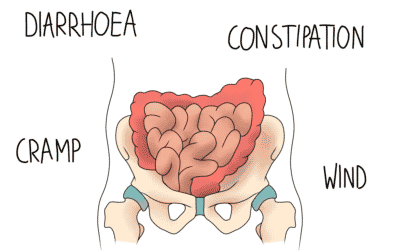Babies can be born with their neck movement limited. If their head is held to one side, typically tilted one way and rotated to the other, it could be torticollis. Adults can develop torticollis too– when it’s not too severe you might call it a “cricked neck”.
If you watch someone turn their head to one side, you will see a muscle standing out at the front of the neck. This is the muscle responsible for torticollis in babies and adults. Because of its attachments to both the collar bone and sternum, it causes both rotation and side-bending when engaged. Therefore, if it spasms, it causes the neck to rotate and bend.
Congenital Torticollis
Sometimes torticollis develops in the first few weeks of life, but when it is truly present at birth, it is congenital. It can be caused by the pressures of birth itself or positioning in the womb. Figures suggest that instrument-assisted births are no more likely to cause torticollis than those that are unassisted.
Differentiating between congenital and acquired torticollis can be difficult, as newborns have little neck control and are generally quite curled up. Symptoms may not show clearly in the first few weeks as baby develops head control. It can be helpful to look back at photos from the early days to see if baby was favouring one side over the other.
Acquired Torticollis
Acquired torticollis can be more complicated than congenital. There may be a problem with a ligament or joint in the neck, or there may be an illness or infection causing it.
It may also be the result of a tight muscle, as discussed above. Your baby’s osteopath can assess for the cause of their symptoms and refer on if necessary.
Effects
If a baby’s neck movement is limited, their head may receive pressure on one point more than the rest. Because babies skulls are particularly mouldable, this can lead to the development of a flat spot. The technical term for this is “plagiocephaly”. Once the underlying problem is resolved, the flat spot will likely resolve on its own, but this should be monitored.
Limited or asymmetric movements can have a knock-on effect for other movements further down the line. Learning to roll becomes more difficult, and tummy time might result in more struggling. Both of these activities are key in things like sitting and crawling.
Management
Osteopaths deal with tight muscles every day in clinic. Babies can be particularly receptive to treatment, so managing torticollis is often quite straightforward. Alongside hands-on treatment during your sessions, your osteopath may give you advice to help your baby’s improvement between sessions. Giving your baby plenty of opportunity and reason to turn their head both ways will help them strengthen the neck as mobility returns. If breastfeeding, we want you to both be comfortable with feeding equally on both sides- but this may not be possible before the muscle starts to relax off. You can expect your osteopath to update your advice as progress is made.
Make an appointment for your baby in Horley or Crawley here.
